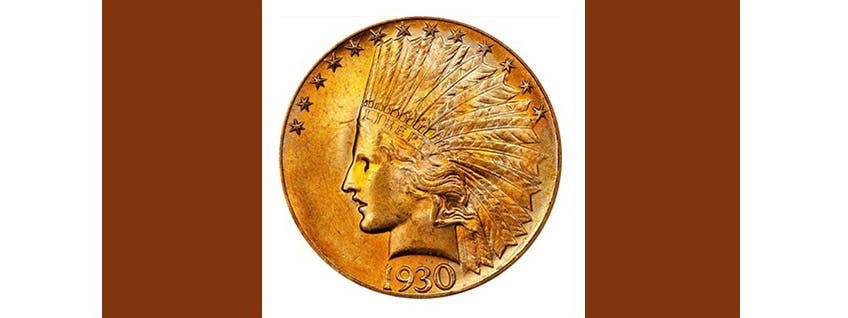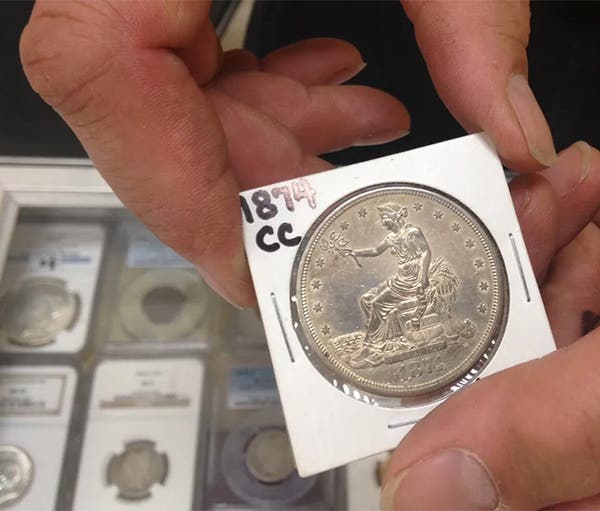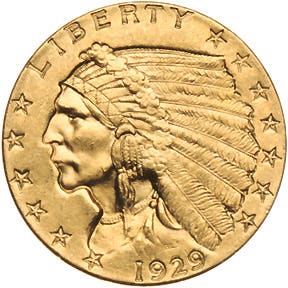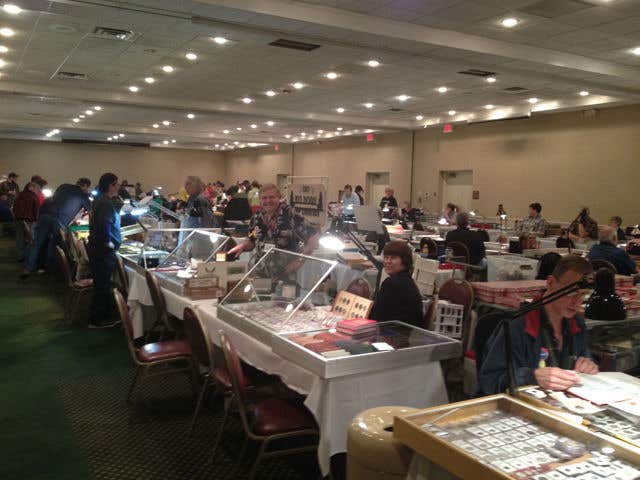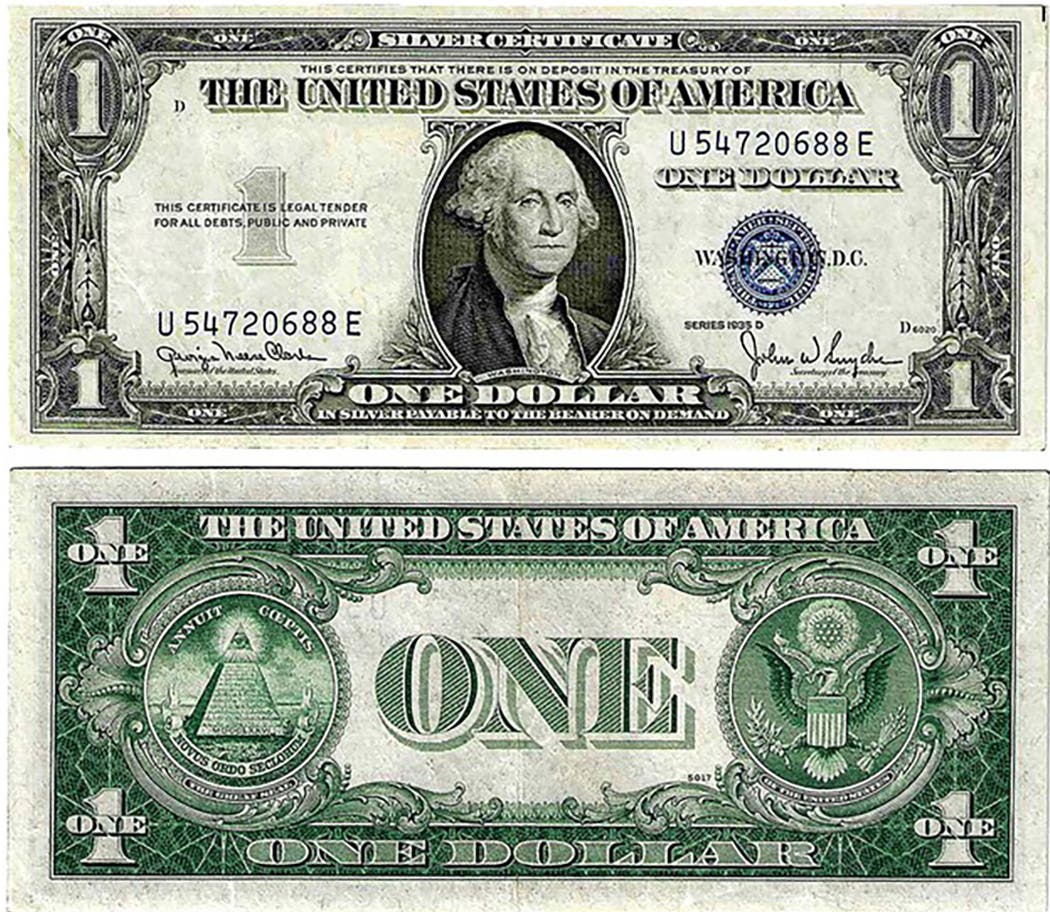Ike dollar $10 issue price too high
Wasn’t there a scandal years ago in connection with the U.S. Mint profiteering on Eisenhower proofs and special uncirculated strikes? It wasn’t so much a scandal as it was a…
Wasn’t there a scandal years ago in connection with the U.S. Mint profiteering on Eisenhower proofs and special uncirculated strikes?
It wasn’t so much a scandal as it was a black eye for the Mint. In testimony before Congress, the Treasury secretary said that the Mint was making a profit of $3.89 a coin on the proofs. Issue price was $10. He admitted under questioning that the charges for the Eisenhower proofs were “unconscionable.”
Was the U.S. quarter of 1796-1807 copied from the Maria Theresa thaler?
While the quarter design has different hair, there is a fairly close resemblance. However there is no evidence of a direct link. Robert Scot was the designer of the quarter, and may well have seen the thaler design.
I’ve heard there’s a stretch of the East coast called “Coin Beach.” Where is it?
It is the popular nickname for Rehoboth Beach, Del. The name came from recurring finds over the years of Irish halfpennies after storms. They come from the cargo of 400 barrels of the coins on the Faithful Stewart, which sank in 1785.
Isn’t there a difference between a counterfeit coin and an altered coin? I saw a story elsewhere referring to an altered date coin as a counterfeit.
You are correct. In current coin collector usage, a coin with an altered date, added mintmark, or some other change affecting value is not a counterfeit, since it is a genuine coin that has been altered. A counterfeit coin is entirely a fake, not an official mint issue.
Were any of the large cents struck at one of the branch mints?
There were a number of claims and some confusing evidence that a few 1836 cents might have been struck at New Orleans, but further research shows that what actually happened was that there was a single 1836 cent die left by accident in one of the coin presses shipped from Philadelphia to New Orleans in 1837. The single die may have been used to test the press, using some other die for it to strike against, but there is no evidence that any coins were struck. Without both dies it would have been impossible to strike any cents.
I thought the Constitution prohibited anyone but the federal government from minting coins. How did private mints get away with violating the law?
The prohibition in the Constitution is worded to prevent the states from coining money, but since nobody happened to think of private mints doing the same thing, the point was overlooked in the original document and remained legal until it was outlawed later.
E-mail inquiries only. Do not send letters in the mail. Send to Giedroyc@Bright.net. Because of space limitations, we are unable to publish all questions.
This article was originally printed in Numismatic News Express. >> Subscribe today
More Collecting Resources
• Liked this article? Read more by subscribing to Numismatic News.
• If you enjoy reading about what inspires coin designs, you'll want to check out Fascinating Facts, Mysteries & Myths about U.S. Coins.

